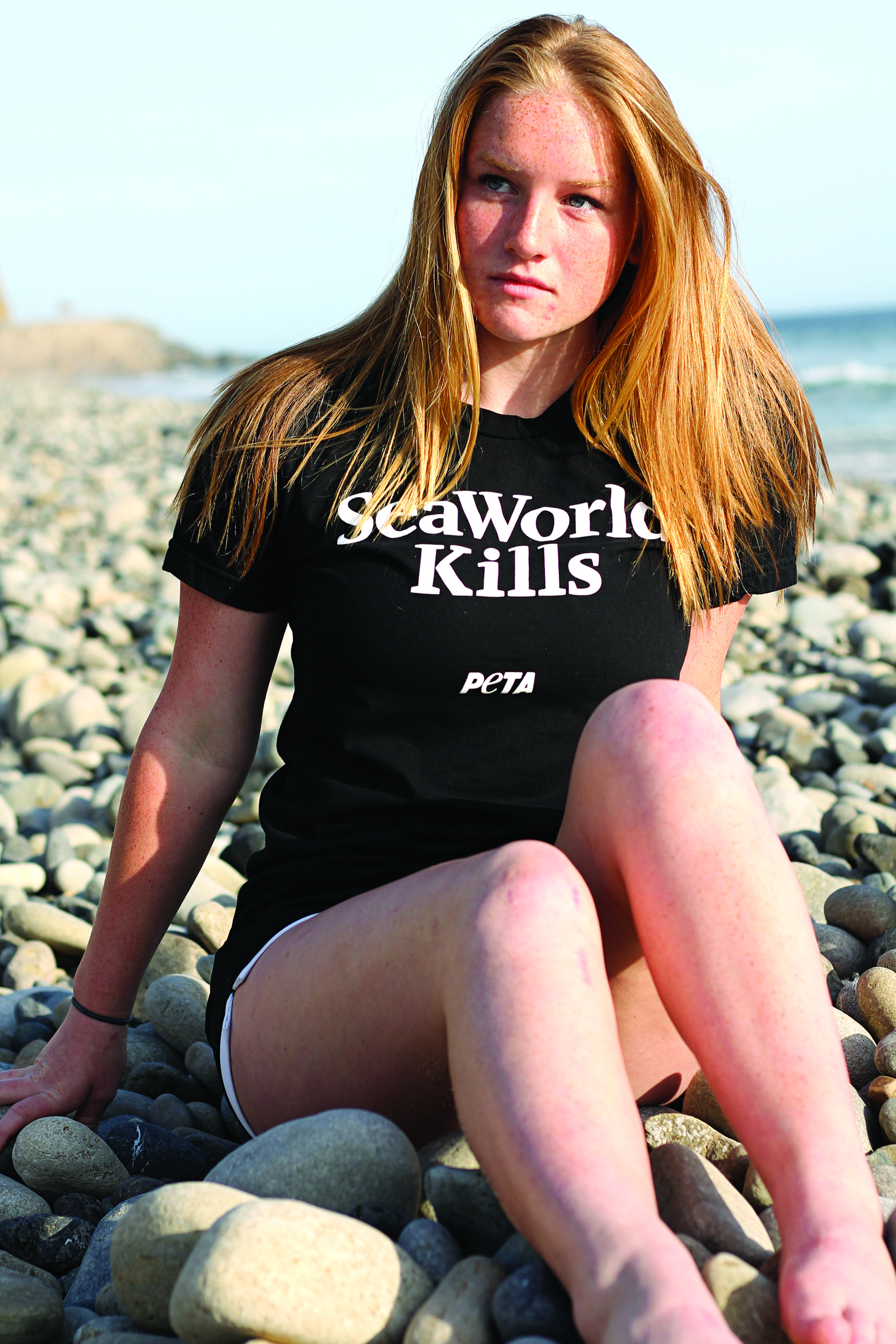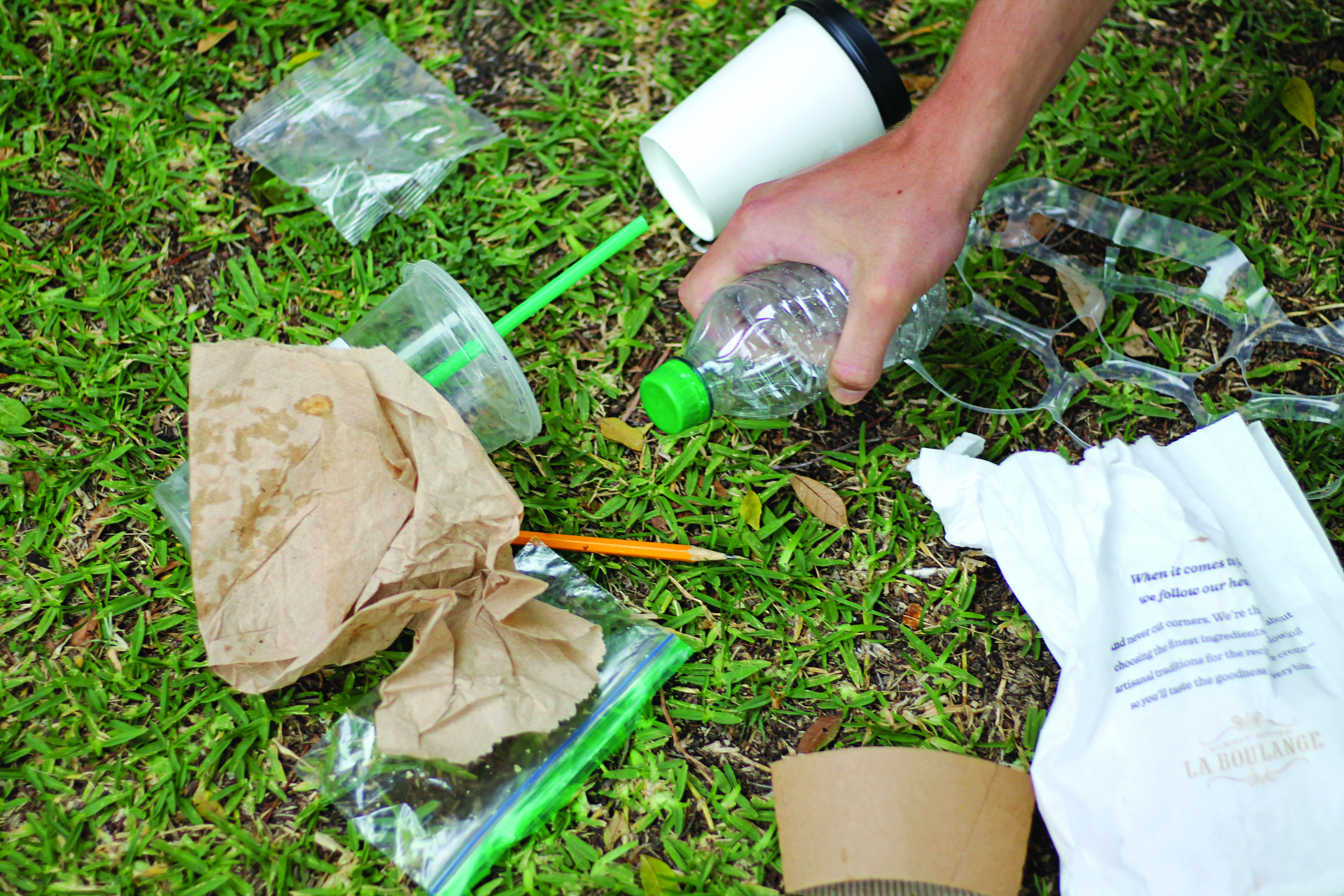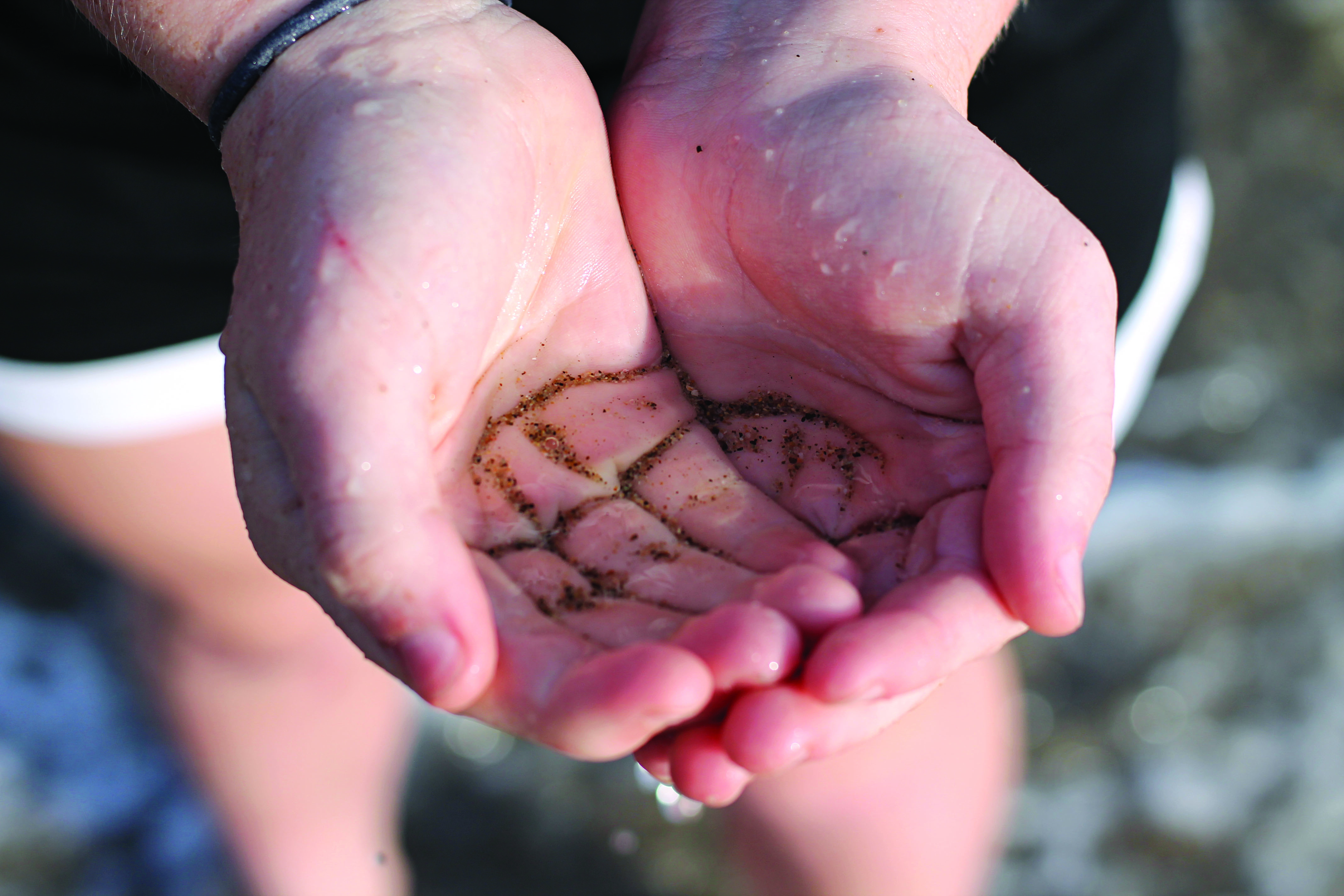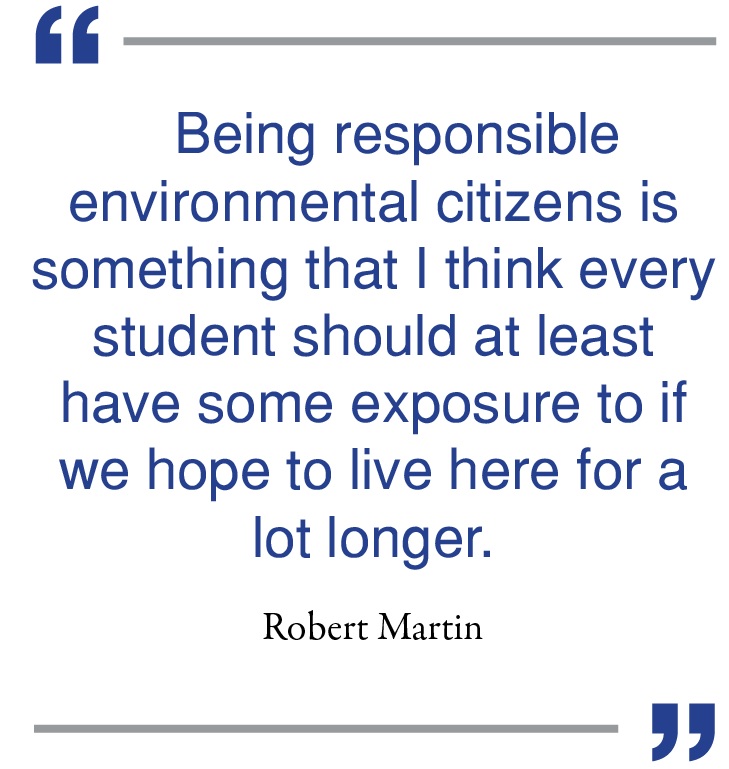Champions for change: students defend the needs of local environment
As an AP environmental science teacher, Robert Martin has seen many students with genuine concern for the environment. As an instructor, he considers education a key role in informing people about daily decisions.
“Being responsible environmental citizens is something that I think every student should at least have some exposure to if we hope to live here for a lot longer,” Martin said.
At the same time, Martin believes it is difficult for intensified activism to take place at a high school level. “I think that sometimes there are pockets of people with ideas, but sometimes people are still learning how to communicate those ideas effectively … and get something done,” Martin said, “and then, a lot of the most passionate people on campus are inundated with some of the most impactful schedules on campus.”
By doing her own research, Mary Jo Barker, senior, has become independently involved in environmental activism.
“I started watching more documentaries,” Barker said. “I like to thoroughly read articles and interpret and see how valid they are from that point, and sometimes I’ll share them on Facebook, or sometimes I’ll help correct misinformation about what’s going on on the Internet.”
Barker has consequently adjusted her lifestyle so that it would be more environmentally friendly. She takes steps to waste less water and has been converting to veganism so as to prevent the waste that occurs from processing livestock; according to the U.S. Geological Survey, it takes 1,840 gallons of water to produce one pound of beef.
Barker believes that the first step to becoming more environmentally friendly is education. “I think everyone should try and educate themselves and also look at their lifestyle, see what they’re doing, (and) see if they’re over consuming,” Barker said.
Martin also stresses the importance of consumer education, and believes that it is relevant in daily life. “(The issues) make their way into everyday casual conversation, into the decisions people make as the average consumer as opposed to the environmental scientist.”
Outside of the classroom, the Beach Clean Up Club learns by working to defend southern California’s marine life.
“We get students together who care about the beaches and environment,” Stephen Svoboda, marine science teacher and club adviser, said. “We want to get students to the beach (to) do work instead of sitting in the class and talking about it.”
According to Ocean Conservancy, damage to coastal and marine life occurs from ingesting chemicals and becoming ensnared in abandoned trash. Through their beach clean ups, , the club plays an important role in this marine ecosystem.
Sarah Kilbane, sophomore, and Grace Kovalick, senior, are also passionate about conserving marine life; both were greatly impacted by the 2013 documentary “Blackfish.” The documentary uncovered the mistreatment of orca whales at SeaWorld. “I disagree with how (SeaWorld) treat(s) the orcas, and how they justify (taking) them from the wild and keep them so long. The overall quality of the environment that they are kept in is not similar to their regular environment,” Kilbane said.
According to “Blackfish”, the orcas are kept in unnaturally small tanks.
“I think it’s wrong because normally they swim around 100 miles a day and they are kept in really small spaces,” Kilbane said.
She has since adopted a wild orca to support their removal from captivity. “Basically you buy a membership and you can watch them and track them and get newsletters and the money they get is put towards conserving them and keeping them alive,” Kilbane said.
Kovalick has also expanded her knowledge and role in environmental activism through independent research. Her understanding deepened after a research paper on endangered species she completed for her AP environmental science class.
“I found out there was a grey area in the taxonomic classification of the orca whale, and I read research studies about it and I communicated with a … doctor at UC San Diego,” Kovalick said. “I stayed up all night that night just researching – literally it was four in the morning and I was sitting there on a school night reading scientific studies about orcas.”
Kovalick is excited that so many students are educating themselves and others about the current conditions of the environment and measures they can take to preserve it.
“It’s kind of incredible how many kids care about the environment,” Kovalick said. “They can think for themselves and they can know what we’re doing to the environment isn’t right.”








